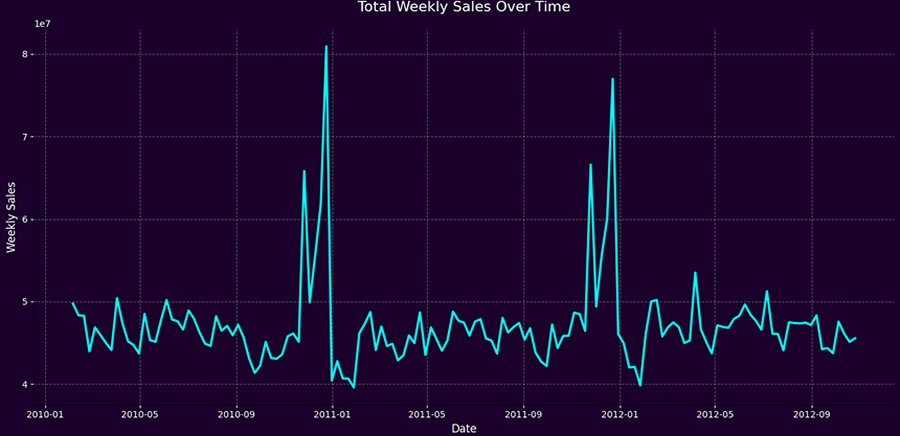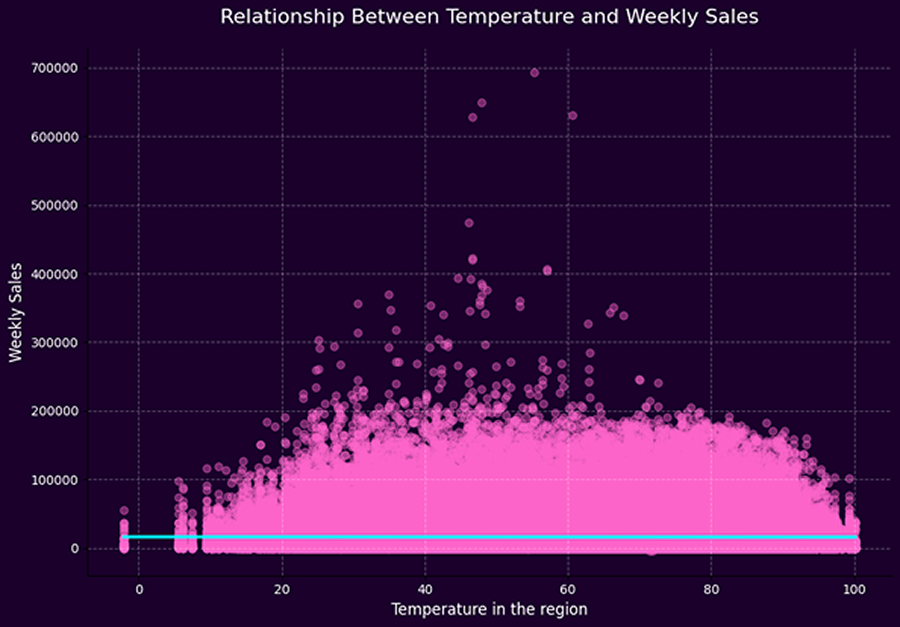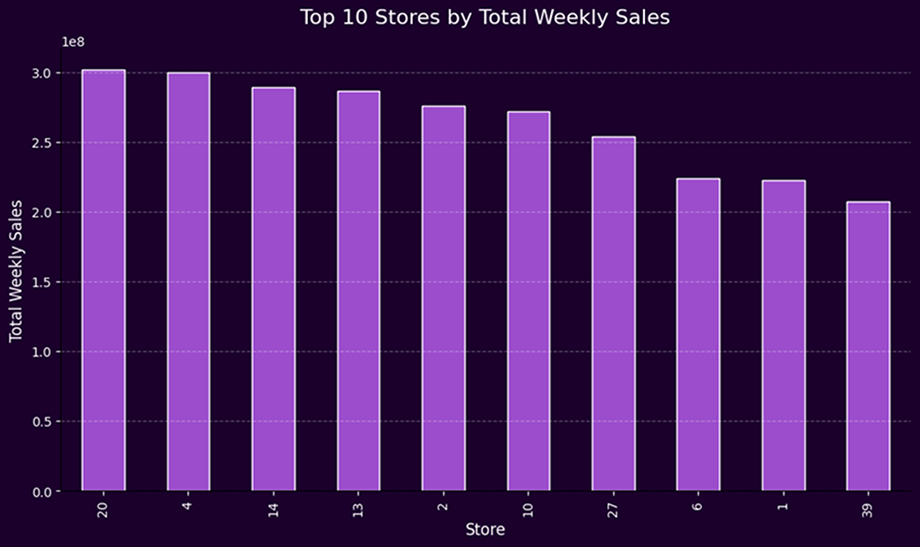The results from our enhanced LightGBM model illustrate the real potential of data-driven retail forecasting. With over 97% of variance explained and prediction accuracy improving by 2x after feature optimization, this approach proves not just feasible but powerful.
While this study relied on open data, using your organization’s own sales history, campaign structure, and store metadata can yield even more precise insights. Integrating internal KPIs and business events can further elevate the model’s predictive power.
This example was designed to simulate our forecasting workflow without exposing real customer data. It demonstrates how Whylitics combines EDA, feature engineering, and machine learning to make forecasting actionable and business-aligned.
The takeaway: Predictive insights are not magic—they are measurable, testable, and extremely valuable. We help you unlock them.



